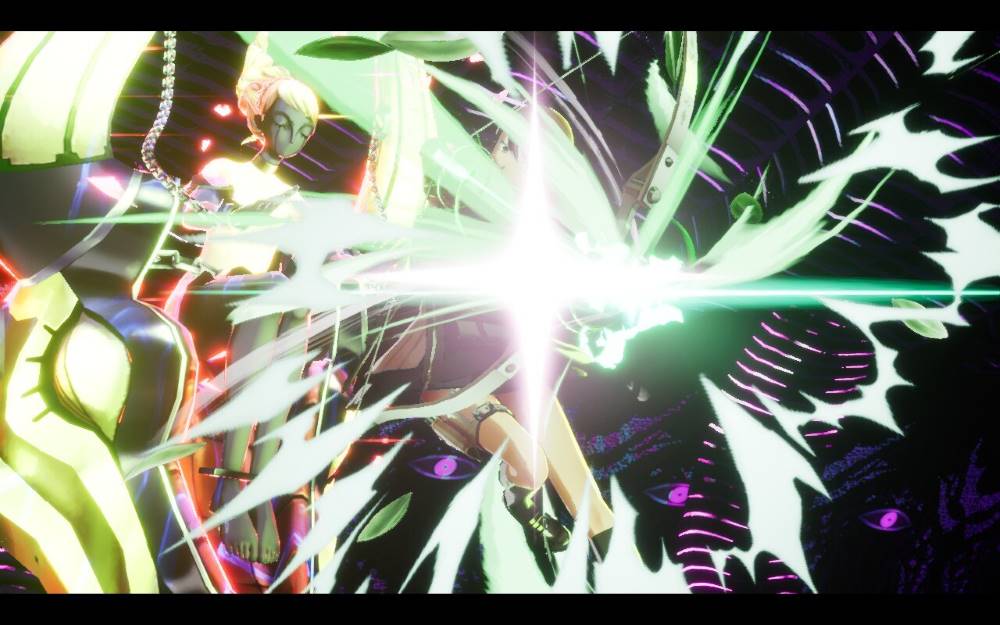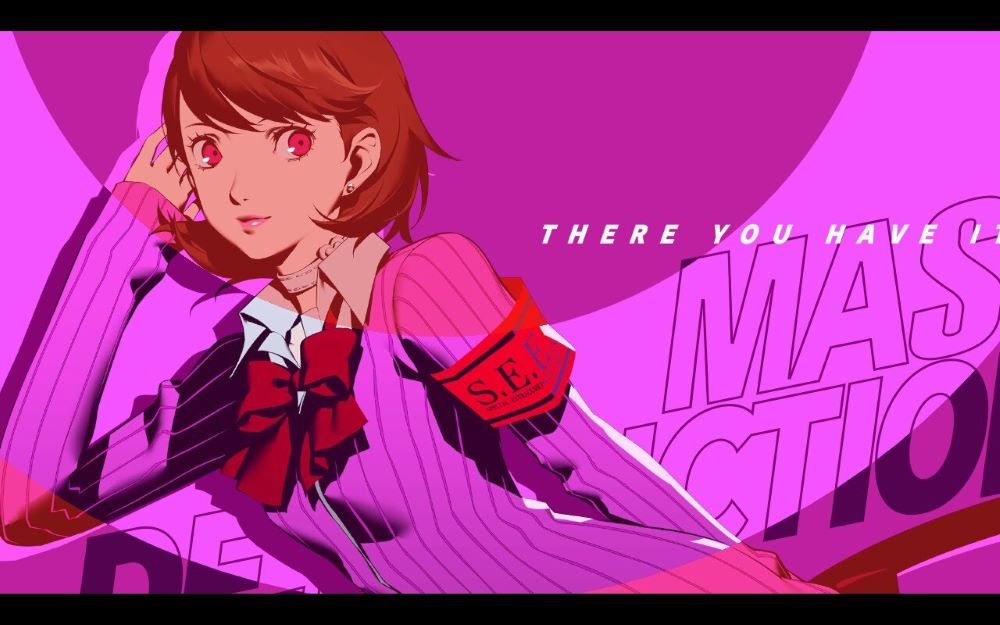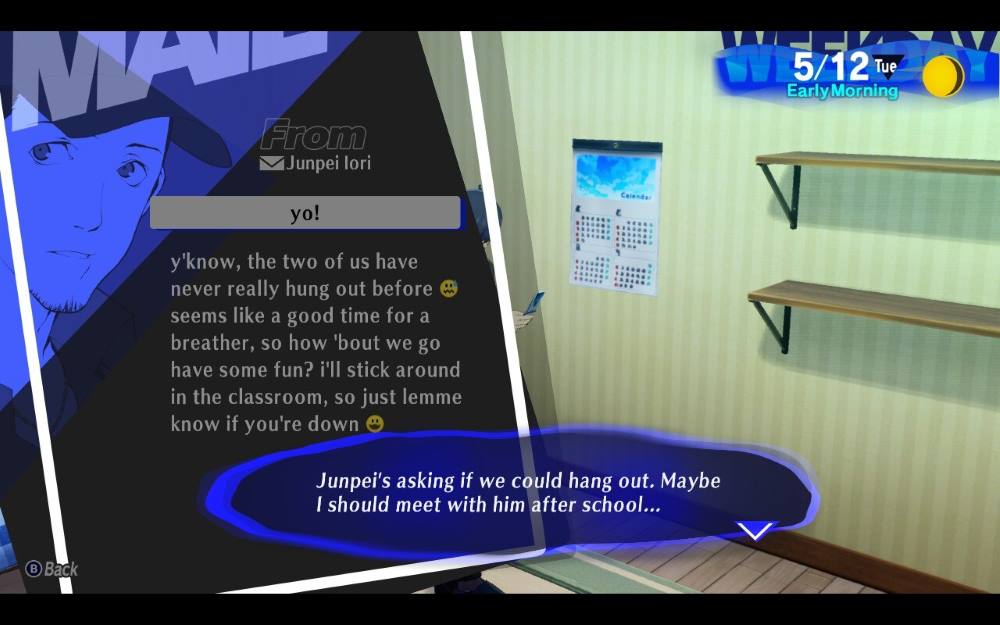Persona 3 Reload Hands-on Preview
Persona 3 Reload is almost upon us! With the February 2nd release date fast approaching, we were privileged to take an early look at this remake of the beloved entry that arguably started it all.
Top-level observations first. With the visual overhaul of Persona 3 Reload and the performance upgrade afforded by the currently available hardware, this release brings it much closer to what you would expect from a modern-day Persona title. From the hybrid anime and 3D movie cut scenes to the first time you explore the outskirts of your dormitory near Iwatodai Station, Persona 3 Reload is finally, in a sense, next-gen.
Have I mentioned the remastered music yet? It is quite subtle, but hearing the remixed tracks of Mass Destruction and Want To Be Close brings back a lot of pleasant memories and makes me look forward to other tracks later in the game.
More importantly, Persona 3 Reload captures the magical feeling of playing the game for the very first time. Playing it now and remembering it back in 2006 evoked the same feeling of wonder and excitement, bridging a 17-year gap that fans have been longing for.
How much more different is it from the original? How much has been preserved and revised in the process? Let’s find out in this preview!
Related – Persona 3 Reload Limited Editions Revealed
It’s Going Down Now!
After the prologue teasing the daily calendar system and chronicling your daily life, as well as some combat sequences with the Shadows, you and your team are finally able to enter the ominous labyrinth, Tartarus. For the most part, Tartarus will function as the main combat area for Persona 3 Reload, as it has done with its previous entries.
Despite the visual uplift, the traversal of Tartarus remains mostly faithful to the original, albeit with very welcome improvements. The biggest and most obvious difference is the orientation of the character as you explore through the randomized floors, now closer to the perspective seen in Persona 5 Royal versus the top-down POV in the original release.
Random encounters with shadows are triggered by striking them, as you would in all other Persona iterations. This allows a more active way of turning the tide of battle, whether offensively or defensively, enabling you to control the flow of exploration. With the addition of a dash function, you’ll be able to run away or zip through Tartarus, which greatly lessens the length of time you spend in a Tartarus run.
Shadows remain the same, with each one bound to a certain arcana with specific strengths and weaknesses. There are easy mobs, strong shadows that have boss-level fortitude, and even border guardians that serve as area bosses. The Reaper returns to torment your team if you stay on one floor too long, so if you’ve played Persona 5 recently, you’ll know what to expect regarding some of the combat mechanics, even with such additions as the Baton Pass.
An excellent addition to Persona 3 Reload is Theurgy. When your Theurgy meter reaches its maximum, you can trigger an Ultimate attack or support move to turn the tide of battle. When you meet certain conditions for each character, such as delivering status ailments as Mitsuru or healing the team as Yukari, you can build the bar faster, but it also stops building when your character gets hit with a status ailment or fully resets when you fall in battle.
After winning these battles, you can trigger the Shuffle Time reward screen to choose between getting more experience, money, skill cards, healing/buffs, and more Personas.
A nifty addition to Persona 3 Reload are the Major Arcana cards that trigger an effect such as granting you extra experience as you explore the tower or improved damage to All Out Attacks. Once you retrieve all Major Arcanas available, you trigger an Arcana Burst that increases your Shuffle Time effect by one level, granting more bonuses.
Besides shadows, you can interact with treasure chests and breakable objects as you make your way through Tartarus, adding a bit more interaction with the environment. Treasure chests can be locked, normal, or rare. Breakable objects contain random loot that can either be sold in shops or consumable items not available in the normal world.
Persona 3 Reload also introduces twilight fragments that add a slightly strategic layer to your Tartarus escapades. Once you collect seven fragments, you’re able to heal your HP and SP at certain points, enabling you to maximize every exploration session. You can also use said fragments to open locked treasure chests holding rare gear, skill cards, and gems. You can find these twilight fragments scattered around the city, in breakable objects, and as rewards from Velvet Room’s Elizabeth.
You can return to these areas to find level-specific treasure, Personas, and even Quest items. At a certain point, you’ll even go on rescue missions to find lost people who have wandered into Tartarus during the Dark Hour.
If there was a common theme with all of the combat improvements in Persona 3 Reload, making the trek through Tartarus more bearable compared to the original seemed like the number one priority, and for good reason. Atlus’ efforts were not misplaced, making Reload a step up in many ways in terms of the overall feel and pace of exploration and combat.
Social Linking For Science!
You can’t spend every waking moment of your Persona 3 Reload life grinding it out on Tartarus, which leads us to probably the most addictive part of Persona’s gameplay as a whole – your very own life simulator! A staple in Persona games, your Personas will improve with your affinity for each major arcana, which is powered up by your relationships with characters (both major and minor) that are linked to such an arcana, and Persona 3 Reload‘s social links work in a similar way.
There are some characters that you may not be able to befriend right away due to some social stats such as Charm, Academics, and Courage being underdeveloped. You can increase these skills by doing some activities such as studying, doing part-time work, and eating specific food. You read right—because the ramen’s collagen increases charm, courage increases by eating mystery meat, and the Omega-3’s in fish increase brain power (I’m not making these up). These activities also take up your free time, so planning the day has never been more important if you wish to level up your relationships strategically.
Persona 3 Reload builds on what has been established by adding more functions to increase these social stats. You can purchase programs for your shared computer to speed up your skills, do part-time work to earn money, and compound stat build-ups such as Charm and Courage when working the coffee shop, and much more. The higher your social stats, the more you can unlock subtle rewards such as accessing secret menu items or talking back to certain characters.
Remember that you’re still a high schooler bound by the schedule of school and your limited free time, so you’ll have to find time to fit classes and extra-curricular activities into a day. Managing your time is a challenge, but once you get the hang of it, it’s probably the best part of Persona 3 Reload.
Should you need help in choosing what activities to take, you can check what other players are doing by using the Network Function, which provides you with insight into what other players did during that specific day to guide your next activity.

Besides the shops around town where you can buy and sell gear or items, one of the most important establishments is the Velvet Room. Similar to other Persona titles, this is where you take all your hard-earned Persona and fuse them with other Personas to increase your power.
Compared to other titles, Persona 3 Reload simplifies fusing Personas to regular Dyad Fusion (1:1 fusion) and the Special Fusion, which will involve three or more specific Personas. Completing quests with Elizabeth may allow you to get items to get off-menu Personas that offer much more powerful abilities needed to reach further into Tartarus.
The story of Persona 3 Reload stays quite similar to the original, but the addition of the Linked Episodes and Dorm Activities adds much more depth to the world and characters, which is more than enough reason for fans of the original to show renewed interest in Persona 3 Reload.
Linked Episodes are activities with specific party members that you can participate in on top of the regular Social Link activities. They don’t increase Arcana affinity with said characters, as only a specific number of characters in your party are available for Social Links. However, they can power up your members’ Personas and contribute to their growth on your team.
Dorm Activities unlock at a certain point after you’ve gathered enough SEES members. You can increase your social stats this way while getting the same benefit as Linked Episodes with several of your SEES team. Did I mention you can expand your social stats this way? It’s definitely something I’m looking forward to seeing more of in Persona 3 Reload as a returning fan.
The magic of Persona 3 Reload, at least based on its first 20–25 hours, rekindles what I enjoyed from the original experience and elevates it even further. While there is familiarity with its story and characters, Persona 3 Reload delves deeper into its world and characters, enriching immersion. With its blend of improved visuals and subtle additions woven into a familiar world brought to life by a remastered score, we can’t wait to experience more of what lies beyond the Dark Hour.
*Persona 3 Reload was previewed on a PC with a review code provided by the publisher.


























